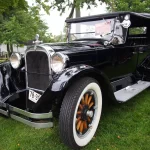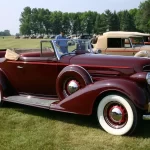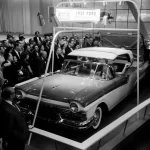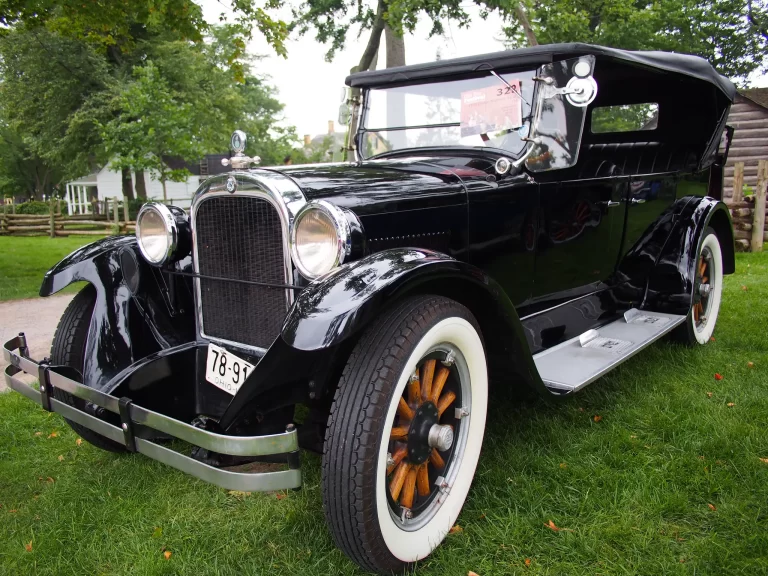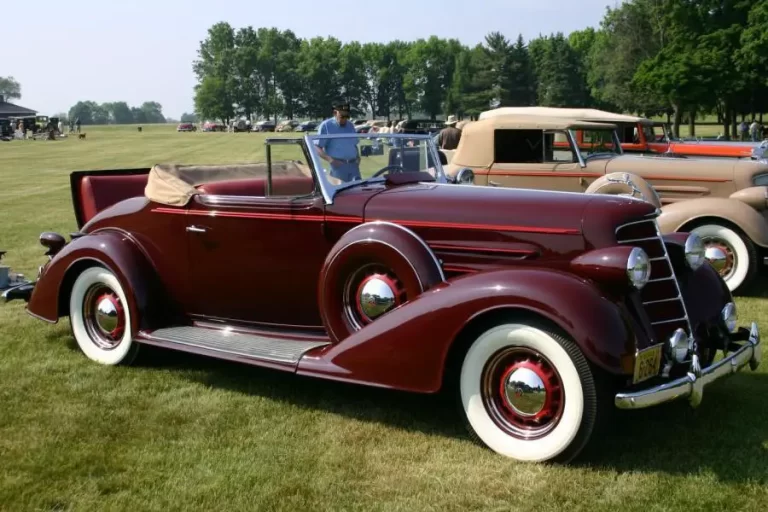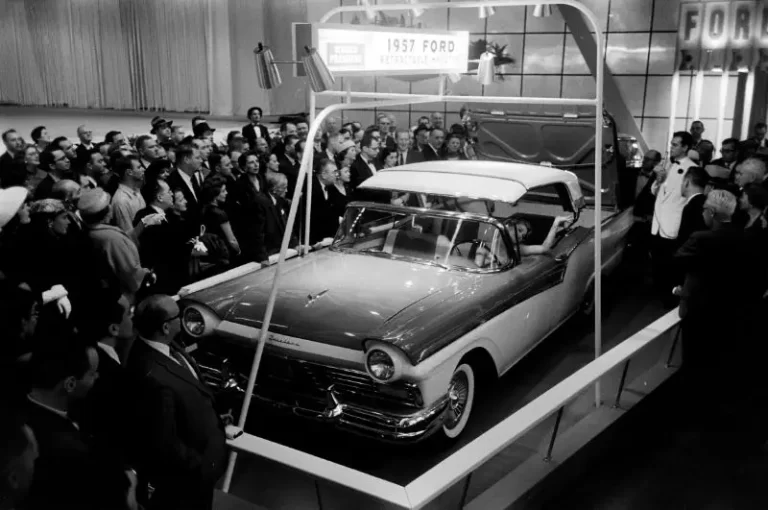
In the late 19th century on the east coast of the United States, the fates of grand pianos and grand automobiles became intertwined in an unexpected way. This unique story unfolds through the journey of a German family named Steinweg who immigrated to America and continued their legacy of building musical instruments. Soon though, their entrepreneurial spirit would bring a prestigious European carmaker, Mercedes, to the United States.
The Steinwegs Become Steinway & Sons: The Steinweg family, upon arriving in America, chose to anglicize their name, becoming known as Steinway & Sons. They swiftly rose to prominence as one of the leading piano manufacturers in the United States. Yet, the story takes an intriguing turn with one of the family’s sons, Wilhelm, who later adopted the name William. William Steinway was not only passionate about pianos but also fascinated by technological innovations, including the “horseless carriage” designed and built by Gottlieb Daimler.
A fateful meeting
In August 1888, William Steinway traveled to Germany to meet Gottlieb Daimler in Cannstatt, near Stuttgart. He voiced his love for his vehicles, pushing Daimler to send his automobiles to the Land of the Free. The meeting resulted in the establishment of the Daimler Motor Company in Long Island City, Queens, New York, on September 29, 1888, with the Steinway family receiving shares of Daimler’s automobile company. This marked a pivotal moment, as Daimler became the first European automaker with a subsidiary in the United States.
Initially, the company focused on importing and constructing stationary engines and ship engines, but William Steinway’s shrewd business acumen led to a pivotal decision. Concerned about high import duties, Steinway advocated for local manufacturing. Thus, American engineers embarked on the task of studying and producing the first fully operational vehicle engines in the United States, which were used in boats and machinery.
Steinway Cars could have been a thing
Steinway’s ambitions extended beyond stationary engines. He envisioned putting automobiles on American roads. To introduce individual mobility to the American public, a modified version of Daimler’s “wire-wheel car” was showcased at the 1893 World’s Fair in Chicago, generating widespread interest.
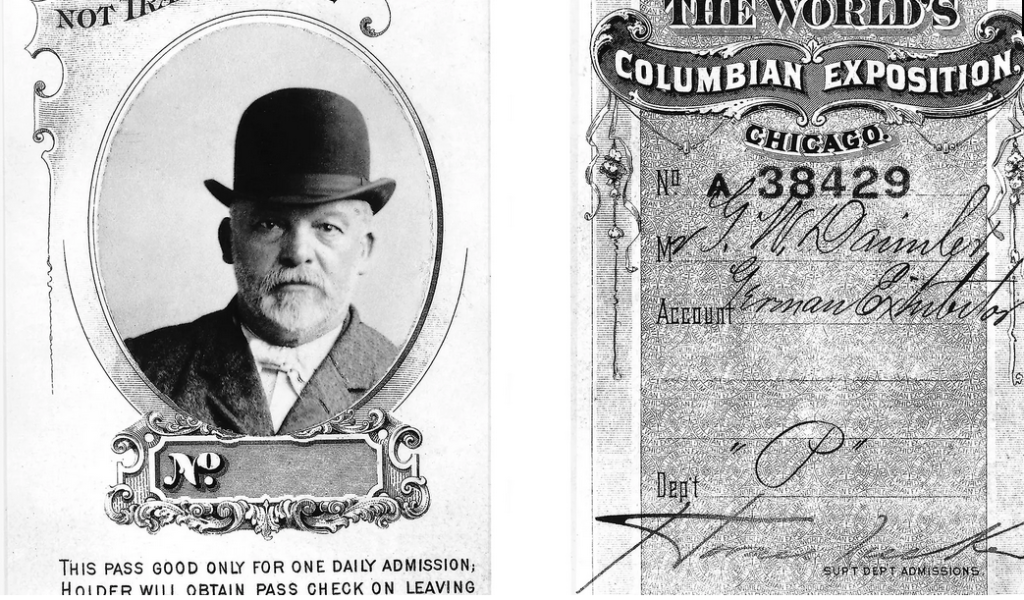
In 1895, Steinway shared his plans for manufacturing cars for the American market, designed to carry between two and four people, powered by engines with 2 ½ to 3 ½ horsepower. He emphasized the cost-effectiveness of these automobiles, thanks to the affordability of petroleum fuel, making them a practical alternative to horse-drawn transportation.
The Mercedes-Benz Connection
Unfortunately, William Steinway passed away in November 1896 before his vision of American-made automobiles could fully materialize. Following his death, his heirs sold their shares in the Daimler Motor Company. However, the connection between the Steinway family and Daimler’s technology laid the foundation for the Mercedes-Benz brand’s entry into the United States.
In 1900, Mercedes cars made in Swabia garnered significant attention in the United States. By 1904, the model became the best-selling imported vehicle in the U.S., despite high import duties. The Daimler Manufacturing Company, the successor to the Daimler Motor Company, began to produce the first American Mercedes in 1905. These American-built vehicles closely resembled their Swabian counterparts.
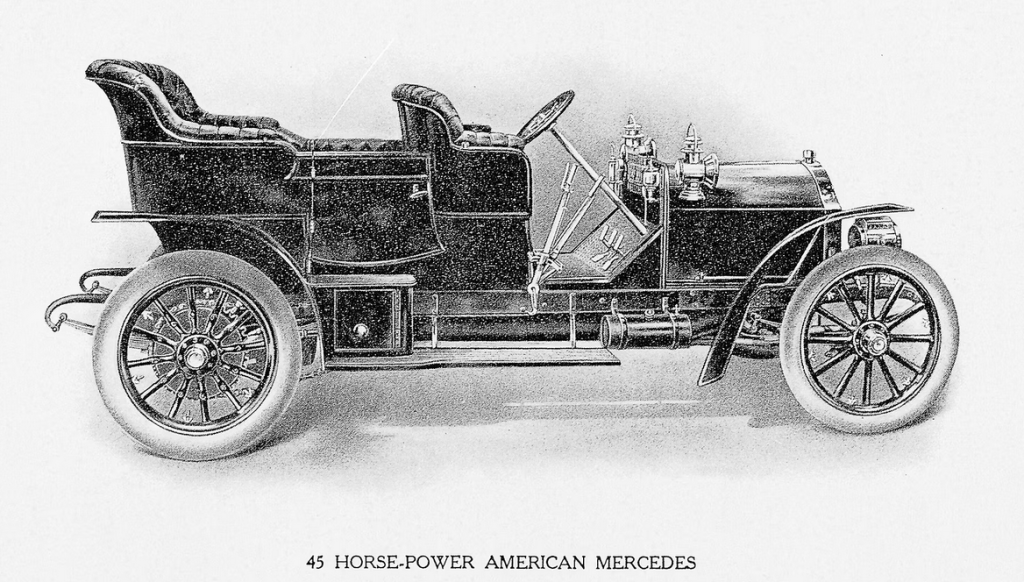
However, the success of the American Mercedes was short-lived. In February 1907, the factory producing these cars burned down, marking the end of the shared history of piano and automobile manufacturing in the United States.
Today, surviving examples of these early American Mercedes cars are treasured artifacts, residing in collections like the Mercedes-Benz Classic collection. The intertwined story of Steinway pianos and Mercedes-Benz automobiles serves as a testament to the visionary spirit and innovation that shaped the early days of the American automobile industry.



